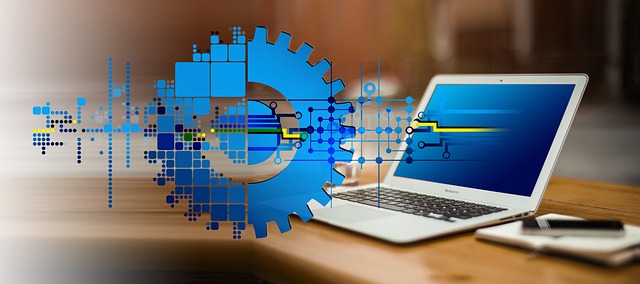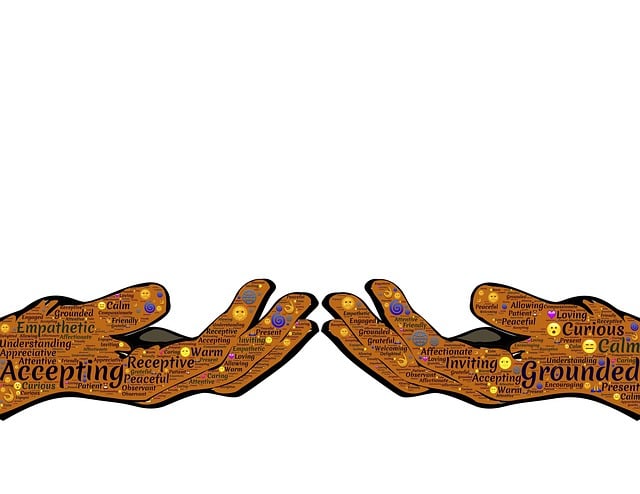The Rise of Automated Trading: Transforming the Financial Landscape
Author: Jameson Richman Expert
Published On: 2024-09-04
Prepared by Jameson Richman and our team of experts with over a decade of experience in cryptocurrency and digital asset analysis. Learn more about us.
In the ever-evolving world of finance, technology continues to play a pivotal role in reshaping trading practices. One of the most significant advancements in this domain is automated trading. As traders and institutions alike seek to gain an edge in the market, the implementation of algorithms, artificial intelligence, and machine learning has given rise to a new era of trading practices. This article delves into what automated trading entails, its advantages and drawbacks, the technology involved, and its future implications.

Understanding Automated Trading
Automated trading, often referred to as algorithmic trading, is the process of using computer algorithms to execute trades automatically based on predefined criteria. Traders set parameters such as price, volume, and timing, allowing the software to execute orders without human intervention. This system has gained immense popularity over the past two decades due to its ability to analyze vast amounts of market data at unprecedented speeds.
How Automated Trading Works
At its core, automated trading involves creating algorithms that can analyze market conditions and execute trades based on specific criteria. These algorithms can take multiple forms, including:
These algorithms are built on complex mathematical models and statistical analyses, allowing traders to exploit market inefficiencies and execute orders at optimal moments. This entirely eliminates the emotional decision-making process that often leads to suboptimal trading outcomes.
The Advantages of Automated Trading
Automated trading offers a multitude of advantages, making it a preferred choice for many traders. Here are some of the most notable benefits:
1. Speed and Efficiency
One of the most significant advantages of automated trading is speed. Algorithms can analyze data and execute trades in milliseconds, far outpacing any human trader. **In today's fast-paced financial markets, speed is crucial, and being able to react to market movements in real-time offers a significant competitive advantage.**
2. Elimination of Emotional Bias
Traders are often influenced by emotions such as fear and greed, leading to impulsive decisions that can result in financial losses. Automated trading systems operate based on logic and predefined rules, effectively removing emotional bias from trading decisions. **This aspect is vital, especially in volatile market conditions where emotions can cloud judgment.**
3. Backtesting Capabilities
Automated trading systems allow traders to backtest their strategies against historical market data. This process helps gauge the effectiveness of a trading strategy and enables the identification of potential weaknesses. **Understanding how a strategy would have performed in past market conditions can be invaluable for refining one's approach.**
4. Increased Market Coverage
Automated systems can monitor multiple markets simultaneously, something that is virtually impossible for human traders. This ability enables traders to capitalize on opportunities in different markets without being physically present. **Given the global nature of financial markets, this capability is critical for staying ahead of market movements.**
5. Reduced Transaction Costs
Automated trading can help lower transaction costs by optimizing the execution of trades. Reducing the time it takes to execute an order can mean incurring far fewer transaction fees overall. **For traders who execute a high volume of trades, these savings can quickly add up, translating into higher overall profitability.**
The Drawbacks of Automated Trading
While automated trading has revolutionized the trading landscape, it is essential to recognize the potential drawbacks as well. Here are some of the key challenges associated with this trading method:
1. Technical Failures
Technology is not infallible, and technical failures can occur at any moment. A software malfunction, server outage, or internet connectivity issue can lead to significant losses. **Traders must remain vigilant and have contingency plans in place to address technical challenges quickly.**
2. Over-Optimization
One of the risks associated with automated trading is the temptation to over-optimize trading strategies based on historical data. This practice can result in a strategy that performs well in backtesting but fails in live trading conditions due to market changes. **Finding the balance between robust testing and adaptability is crucial for long-term success.**
3. Lack of Market Instinct
While automated trading systems can analyze data and execute trades based on algorithms, they lack the human intuition that can be crucial in volatile market conditions. There may be events or news that affect market sentiment that algorithms cannot account for. **Human discretion can play a complementary role, particularly during unexpected market events.**
4. Competition and Saturation
As automated trading has become more accessible, the competition among traders using these systems has increased. This saturation can lead to reduced profit margins and increased difficulty in finding opportunities. **In a crowded marketplace, understanding your edge becomes vital.**
5. Regulatory Concerns
The rapid growth of automated trading has raised concerns among regulators. Issues like market manipulation, flash crashes, and the impact of high-frequency trading on market stability have come to the forefront. **As traders, we must remain informed and compliant with evolving regulations.**

The Technology Behind Automated Trading
The backbone of automated trading lies in sophisticated software and robust technological infrastructure. Here’s a closer look at the technology that powers this trading method:
1. Algorithm Development
Developing an effective trading algorithm is at the heart of automated trading. This process typically involves programming languages such as Python, R, or C++, where traders can create algorithms that meet their specific trading objectives. **Having a strong foundation in programming can significantly enhance a trader's ability to build and optimize their trading systems.**
2. Data Sources
The efficacy of an automated trading system largely hinges on the availability and quality of data. Successful traders rely on both real-time and historical market data to inform their algorithms. These data sources can include price feeds, volume data, economic indicators, and various forms of news sentiment analysis. **Investors should prioritize using reliable data sources to maintain the integrity of their trading strategies.**
3. Machine Learning and AI
Advancements in artificial intelligence (AI) and machine learning have introduced new dimensions to automated trading. Traders now leverage these technologies to develop more adaptive algorithms that learn from market behaviors and improve over time. **These tools can help traders make informed decisions based on predictive analytics rather than solely relying on historical data.**
4. Execution Systems
The execution system is the bridge between the trading algorithm and the market. It is responsible for translating the signals generated by the algorithm into actual trades. Efficient execution systems are crucial for ensuring that trades are executed at the desired price and without unnecessary delay. **Traders must choose execution venues that align with their strategy and goals.**
5. Risk Management Tools
Incorporating risk management tools within automated trading systems is essential for protecting capital. These tools can include stop-loss orders, position sizing algorithms, and real-time monitoring of risk exposure. **Adequately managing risk is a fundamental aspect of trading that can make the difference between success and failure.**
The Future of Automated Trading
As we look ahead, the future of automated trading appears bright but brings with it a new set of challenges and considerations. Here are some anticipated trends in the evolution of automated trading:
1. Increased Use of Artificial Intelligence
The integration of AI and machine learning into trading algorithms is likely to grow. As technology continues to advance, traders can look forward to more sophisticated algorithms that can analyze patterns and adapt to market changes in real-time. **AI's role in trading is not just about speed; it challenges traditional trading methodologies and opens doors to more innovative approaches.**
2. Enhanced Regulatory Scrutiny
As automated trading continues to reshape the financial landscape, regulators are likely to increase scrutiny to ensure market stability. Traders can expect more stringent reporting requirements and guidelines to govern the use of algorithms. **Staying compliant and informed on regulatory changes will be crucial for traders in the coming years.**
3. Democratization of Trading Technology
The continued advancement of technology will likely lead to more platforms offering automated trading solutions, making sophisticated tools accessible to a broader audience. This democratization of trading technology can empower individual traders and retail investors to compete with institutional players. **An influx of new participants could make markets more dynamic but may also lead to increased volatility.**
4. Focus on Ethical Trading Practices
The financial community is increasingly emphasizing the importance of ethical trading practices, especially as automation becomes prevalent. This trend may lead to the development of stricter ethical guidelines and practices that traders must adhere to. **Traders should prioritize ethics in their trading strategies, ensuring that their practices align with their values and long-term goals.**
5. Integration of Social Trading Features
Social trading platforms that allow traders to share strategies and insights are likely to evolve and integrate with automated trading systems. This integration could provide enhanced resources for traders looking to learn from others or to validate their strategies. **The power of community can be a tremendous asset in the trading world.**
Conclusion
Automated trading has undeniably transformed the landscape of financial markets. By leveraging technology, traders can reduce emotional bias, increase efficiency, and explore new trading strategies. However, it is essential to remain cognizant of the challenges and risks that accompany this trading method. The future of automated trading holds immense potential, but proactive measures must be taken to ensure ethical practices, compliance, and adaptability to ever-changing markets. **Ultimately, the best strategies will be those that balance technological advancements with sound trading principles, allowing traders to thrive in an increasingly automated world.**